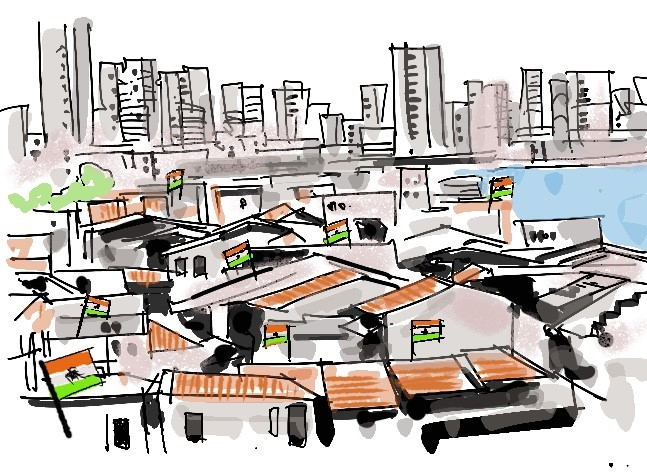
Blog
The Best Source to Enhance Your Sociology Optional Content



June 12, 2023
Context: Article talks about the need of serious conceptual and financial inputs to improve
India’s urbanisation phase to accommodate rising rural-urban migration
Source: https://www.orfonline.org/expert-speak/hastening-rural-to-urban-migration/
Summary of the article
India’s urbanization has stalled despite rapid demographic expansion in a few megacities. The
country’s urbanization rate increased from 17.3 percent in 1951 to 31.16 percent in 2011,
averaging 2.31 percent per decade. Comparatively, the United States took 150 years to
reverse its rural-urban population ratio, while China is projected to achieve this in a century.
At India’s current pace, it may take over two centuries to reach the desired 80 percent urban
and 20 percent rural ratio. Urbanization is crucial for sustained long-term economic growth,
and therefore, more efforts are needed to expedite India’s urbanization process.
Four methods contribute to urban population growth: natural multiplication, physical
expansion by merging rural areas, reclassification of rural settlements as urban, and rural-to-urban migration. The latter, along with intra-urban migration, is the focus here. Rural-to-urban migration accounted for an average of 19.36 percent of urban population additions between 1971 and 2001. Employment opportunities and marriage were the primary reasons for rural-to-urban migration.
To accelerate urbanization, India should set a target of doubling its urbanization by 2060, reaching 60 percent urbanization. This can be achieved through initiatives such as improving urban infrastructure, including roads, water supply, housing, healthcare, education, and recreational facilities. The World Bank estimates that India needs $840 billion investment in urban infrastructure over the next 15 years. Additionally, instead of focusing solely on
megacities, India should identify 500 cities and towns across the country with the potential to develop into vibrant urban centers. Creating a favorable environment for manufacturing industries and informal employment, as well as making cities gender-friendly to accommodate women migrants, are essential steps. Overall, India’s urbanization requires significant conceptual and financial inputs to be accelerated and diversified, offering viable
alternatives beyond a limited number of megacities.
https://www.epw.in/engage/article/gendered-impact-unemployment-case-study-india
Syllabus Mapping: Deprivation, Women, Works and economic life
https://www.epw.in/engage/article/market-driven-education-reproducing-alienation-re
Syllabus Mapping: Karl Marx, Theory of alienation